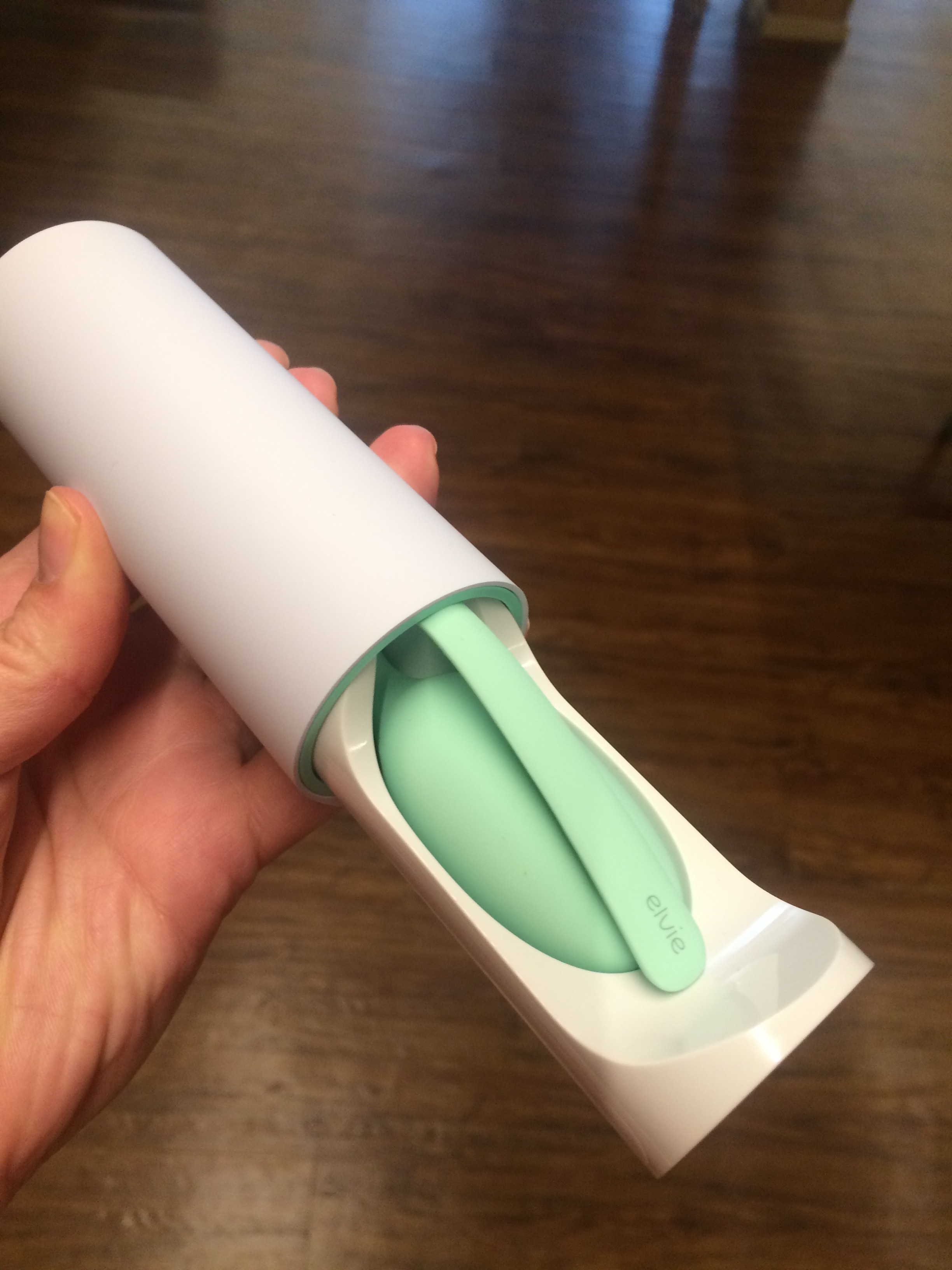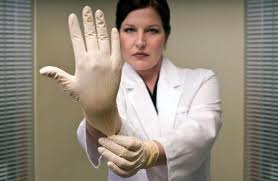I’ve considered myself a ‘pelvic floor therapist’ for about the last decade. That’s a long time, but it’s amazing how little the public and the medical community knows about this area of physiotherapy. Many people have heard about “Kegel exercises’, usually in relationship to preventing urinary incontinence after childbirth. In fact, I’m usually called a ‘Women’s Health Therapist’. Not very fair to all of the gentlemen who’ve been sent to me over the years for various pelvic issues…
In an article currently ‘in press’, Andrew Siegel, discusses the benefits of Pelvic Floor Muscle Training (PFMT)(what Kegels really are) for male pelvic issues. The pelvic floor is a group of muscles that run from the pubic bone in the front, all the way back to the coccyx and sits bones, and are instrumental in bowel, bladder, and sexual function. The pelvic floor muscles are skeletal muscles, just like our biceps and quadriceps. And like all skeletal muscles, exercises can be done to improve the strength, tone and coordination of the pelvic floor muscles.
So what might happen if these muscles get stronger or more coordinated? It’s been found that pelvic floor muscle exercises can improve symptoms of Stress Urinary Incontinence, Overactive Bladder, Postvoid Dribbling, Erectile Dysfunction and Ejaculatory Dysfunction.
PFMT can help decrease or eliminate stress urinary incontinence (SUI) by increasing the tone, strength and endurance of the pelvic floor muscles. As a result, the external urinary sphincter (which lives in the pelvic floor and helps maintain continence as the bladder fills) becomes stronger, and the reflexes that help all of us maintain continence become more robust. Improving the tone of the pelvic floor (and indirectly impacting the strength of the guarding and cough reflexes) can assist not only in SUI, but also with post-prostatectomy UI.
Overactive Bladder (OAB) is the presence of urinary frequency, urgency, and nocturia with our without urge incontinence. There are many factors which can contribute to that ‘gotta go’ feeling. Once infection and prostate issues have been ruled out, there’s a good chance that learning how to manage your bladder with PFMT will be an effective choice of treatment. There is a muscle surrounding the bladder called the detrusor. This is a smooth muscle that should be relaxed while the bladder fills, while the sphincters and pelvic floor contract gently to maintain continence. (Imagine holding a water balloon closed with your fingers). Then, when the time is right, you go to the bathroom to urinate. You would relax your pelvic floor, and the detrusor would contract to squeeze the urine out. (Now imagine letting go of the balloon, and squeezing all of the water out).
Sometimes, for various reasons, that bladder will start to contract inappropriately, giving an urge to void. Sometimes it’s because we’ve ingested bladder irritants, sometimes it’s because the pelvic floor doesn’t know how to let go, or sometimes the detrusor has just been trained to contract too often. You can use your pelvic floor to retrain the detrusor by reinstating the natural rhythm of ‘pelvic floor relax/detrusor contract-pelvic floor contract/detrusor relax’.
Post-void dribbling is an issue that arises from time to time for men, which is the loss of urine immediately or shortly after completing urination. The male urethra is much longer than the female urethra, and sometimes urine will become ‘stuck’ in the urethra. Using the pelvic floor, one can learn to successfully expel urine completely to avoid post-void dribble.
Now, let’s talk about sex. The penis (to quote the article) ‘is a marvel of engineering’. It has the ability to increase its blood flow by a factor of 40-50x over baseline. Without going into too much detail, there are many factors that contribute to erectile difficulties. Blood flow is one of these factors. For a successful erection, followed by a successful ejaculation, having a healthy pelvic floor is very helpful.
Wow! Then why aren’t Pelvic Floor Muscle Exercises recommended more often?? Part of the reason may be the medical culture in our country. Lifestyle improvement measures and exercise programs may be recommended, but as with any other area of our lives, not always easy to follow through. Medial professionals tend to recommend a surgical or pharmacological intervention, which may at first appear to be the ‘quick fix’ patient are looking for. Another obstacle is that these exercises are frequently done incorrectly, as physicians don’t have the time to properly instruct patients and pamphlets have been found to be ineffective in teaching proper technique. This article was a lovely summary of how pelvic floor muscle training is beneficial for some male pelvic issues.
There are some situations when pelvic floor exercises may or may not be able to help. How might one decide if pelvic floor muscle training will be helpful? First, see your physician for an assessment if you have any sudden changes in bowel, bladder, sexual function, or begin to experience unrelenting pelvic pain. Your physician can assess your general health, and run necessary tests to rule out any ‘red flags’. If the physician cannot find anything that needs to be addressed, like an infection, then physical therapy is a great option.
A trained pelvic floor physical therapist will be able to assess a person’s complaints (incontinence, decreased ability to empty bladder, fecal incontinence, pelvic pain, prostatitis), as well as assess the function of the pelvic floor: ability to contract, ability to relax, strength, sensation and coordination. It’s important to asses the person as a whole, not just how the pelvic floor works, but how does it work in conjunction with breathing, posture, as well how these things impact a patient’s symptoms and communicate these findings back to the physician. Doing PFMT correctly is the first step in determining if PFMT will be beneficial for you. Learn to do them properly by finding a pelvic floor physiotherapist .











